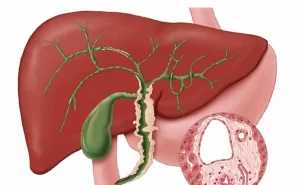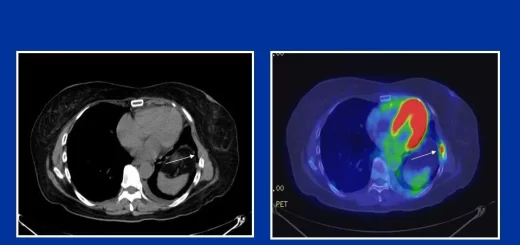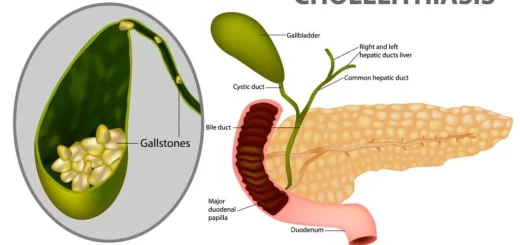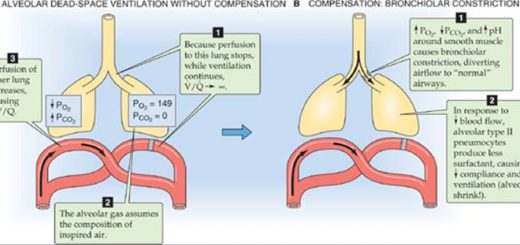Primary sclerosing cholangitis symptoms, cause, diagnosis, treatment and radiology
This disorder affects males, Usually, a young middle-aged presenting with inflammatory bowel disease, Primary sclerosing cholangitis (PSC) is a chronic cholestatic liver disease characterized by fibrosing inflammation of both the intrahepatic and extrahepatic biliary tree.
Primary sclerosing cholangitis
The histopathologic evolution of (PSC) results in irreversible damage to the bile ducts, It ultimately leads to cholestatic, cirrhosis, liver failure, and death from liver failure unless liver transplantation is performed.
Long-term follow-up of patients has revealed a high frequency of colon and bile duct cancers, both of which are probably related to chronic inflammation of the colon and bile ducts.
Although multiple medical and surgical therapies have been evaluated for the treatment of (PSC), there is currently no therapy that achieves complete clinical, biochemical, and histologic remission, Liver transplantation continues to be an important therapeutic intervention for the management of patients with end-stage PSC.
Iry Vs 2ry sclerosing cholangitis
Primary
With or without inflammatory bowel disease, Chronic cholestasis, Presence of anti-neutrophil cytoplasmic antibodies (ANCA)
Secondary
- Biliary surgery, Choledocholithiasis, Trauma, Ischemia, chemical injury of the bile ducts (e.g., chemotherapy, Infectious agents).
- Congenital anomalies of the bile ducts, Human immunodeficiency virus (HIV) infection, Malignancy, Idiopathic adulthood ductopenia, Amyloidosis, Hodgkin’s disease.
Ducts involved:
- Intrahepatic and extrahepatic (classic or global).
- Perihilar and extrahepatic.
Clinical features
- Same to cholestasis.
- PSC is predominantly a disease of middle-aged men; approximately 67% of patients are male, with a mean age of approximately 40 years at the time of diagnosis.
- PSC usually presents insidiously and in a variety of ways: Asymptomatic elevation of liver biochemical tests. Pruritus, fatigue, jaundice. Recurrent bacterial cholangitis.
- Complications of cholestasis. Prevalence: 8.5 cases per 100.000 population & Histologic findings.
- The main features include: Periductal fibrosis, inflammatory, and bile duct proliferation alternating with ductal obliteration and ductopenia.
A. Symptoms and signs at diagnosis
- Symptoms: Fatigue, Pruritus, Jaundice, Weight loss, Fever, Variceal bleeding, Ascites.
- Signs: Hepatomegaly, Jaundice, Splenomegaly, Hyperpigmentation, Xanthomas.
B. Hepatic histology in PSC
Onion skin lesion of PSC, The bile duct is obliterated and surrounded by fibrous tissue.
C. Liver biochemical tests in PSC
- Test: Serum alkaline phosphate, Patients with abnormal results: 99%
- Test: Serum aminotransferases, Patients with abnormal results: 95%
- Test: Antinuclear cytoplasmic antibody (ANCA), Patients with abnormal results: 80%.
- Test: Serum bilirubin, Patients with abnormal results: 65%.
- Test: Anti-smooth muscle antibody, Patients with abnormal results: 55%.
- Test: Antinuclear antibody, Patients with abnormal results: 35%.
- Test: Hypergammaglobulinemia, Patients with abnormal results: 30%.
- Test: Serum albumin, Patients with abnormal results: 20%.
- Test: Prothrombin time, Patients with abnormal results: 10%.
D. The radiologic features most seen in PSC
- Diffusely distributed multifocal annular strictures with intervening segments of normal or slightly ecstatic ducts.
- Short band-like strictures. & Diverticulum-like outpouching.
Complications specific to PSC
- Bacterial cholangitis.
- Biliary stone disease.
- Dominant stricture.
- Cholangiocarcinoma.
Treatment
Management goals
- Relieve symptoms.
- Prevent or treat complications.
- Halt progression of the disease.
- Optimize the timing of liver transplantation.
Management of Complications specific to Primary sclerosing cholangitis
- Bacterial cholangitis: Should be treated with broad-spectrum I.V. antibiotic ciprofloxacin.
- Stricture: Should be treated endoscopically or radiologically with balloon dilation.
- Cholangiocarcinoma: Carries a poor prognosis and responds poorly to chemotherapy or radiation therapy. A liver transplant is contraindicated.
You can subscribe to science online on YouTube from this link: Science Online
You can download the Science Online application on Google Play from this link: Science Online Apps on Google Play
Primary biliary cirrhosis symptoms, cause, diagnosis, treatment, and Osteoporosis
Diagnosis of the cause of jaundice, Hepatobiliary imaging, treatment of cholestasis and Pruritus
Liver Cholestasis types, causes, features, symptoms, diagnosis, and treatment
Conjugated hyperbilirubinemia cause, symptoms and treatment
Unconjugated hyperbilirubinemia causes, symptoms, diagnosis and treatment
Jaundice symptoms, types, cause, treatment and What is the source of bilirubin?
Liver failure, symptoms, stages, cause, treatment, Acute on chronic liver failure (ACLF)
Hepatic Artery Embolization, Importance & risks of Embolization therapy for Liver cancer
Interventional radiology types, Robotic endovascular systems advantages & disadvantages




